The persistent, often crippling neurological disorder known as chronic migraine presents a significant challenge to both patients and clinicians, particularly when traditional oral prophylactic medications fail to provide adequate relief or are poorly tolerated. For a specific subset of the migraine population—those grappling with headache days for fifteen or more days per month, with at least eight of those days meeting the criteria for a migraine—an unconventional therapeutic approach has emerged from the cosmetic realm into mainstream neurological practice: the use of onabotulinumtoxinA, more commonly recognized by the brand name Botox. The question of whether this neurotoxin, famed for smoothing wrinkles, genuinely works as a preventative treatment for this severely disabled group has moved beyond initial skepticism, though its precise mechanism and optimal application remain areas of nuanced discussion and clinical judgment. The utility of this treatment hinges on a careful understanding of patient selection, the standardized injection paradigm, and the interpretation of robust clinical trial data.
…headache days for fifteen or more days per month, with at least eight of those days meeting the criteria for a migraine…
The pathway of pain transmission in chronic migraine is complex, involving peripheral sensitization of nociceptors in the head and neck, followed by the activation and eventual sensitization of central pain processing structures in the brainstem and cortex. While botulinum toxin type A is known primarily for its ability to block the release of acetylcholine at the neuromuscular junction, causing localized muscle relaxation, its efficacy in migraine prophylaxis appears to be rooted in a more intricate sensory mechanism. Evidence suggests that, upon injection into the superficial muscles of the head and neck, the toxin is taken up by the sensory nerve endings—specifically those belonging to the trigeminal and cervical ganglia—that are thought to be overactive in individuals with chronic migraine. Within these sensory neurons, the neurotoxin interferes with the release of various pro-inflammatory and excitatory neurotransmitters and neuropeptides, such as Substance P and Calcitonin Gene-Related Peptide (). By inhibiting the peripheral release of these pain-signaling chemicals, onabotulinumtoxinA effectively reduces the relentless barrage of pain signals that travel to the central nervous system, thereby interrupting the vicious cycle that drives central sensitization and migraine chronification. This sophisticated, non-muscle-relaxing anti-nociceptive effect is the proposed core of its therapeutic action, moving its identity far past a simple muscle relaxant in this specific context.
By inhibiting the peripheral release of these pain-signaling chemicals, onabotulinumtoxinA effectively reduces the relentless barrage of pain signals…
The definitive clinical validation for onabotulinumtoxinA in chronic migraine prevention stems largely from the Phase III REsearch Evaluating Migraine Prophylaxis Therapy () clinical trial program. These two large, randomized, placebo-controlled studies demonstrated a statistically significant and clinically meaningful reduction in key headache parameters for patients receiving the toxin compared to those receiving a placebo injection. Specifically, the data showed that patients treated with onabotulinumtoxinA experienced approximately
to
fewer headache days and
to
fewer migraine/probable migraine days per month from baseline at the
-week primary endpoint, compared to a
to
day reduction in the placebo group. Crucially, this benefit often continues to increase over successive treatment cycles. This sustained long-term efficacy was further supported by open-label extension phases of the
trials, which documented continued and even greater reductions in headache days over a period extending up to
weeks and nine treatment cycles. The consistency of these results across multiple clinical settings provides a robust empirical foundation for its current use, establishing it not as a cure, but as a highly effective disease-modifying prophylactic option for carefully selected patients.
…patients treated with onabotulinumtoxinA experienced approximately to fewer headache days…
Patient selection for this injectable therapy is strictly defined and remains a critical component of successful outcomes, as the drug is not licensed for all headache types. Current guidelines, often reflecting the criteria used in the pivotal trials, limit its use to adults who meet the diagnostic criteria for chronic migraine—meaning headache on
or more days per month, with at least eight of those days being migraine days or days where symptoms are consistent with migraine. Furthermore, a patient must generally have failed to respond to, or have been unable to tolerate, at least two or three other established oral migraine prophylactic treatments. This requirement ensures that the treatment is reserved for those who are most severely affected and have exhausted more conventional pharmacological options. The presence of medication overuse headache, a common complication in chronic migraine, does not preclude the use of onabotulinumtoxinA; in fact, the trials showed that the treatment’s efficacy was maintained even in this complex population, representing a significant advantage over many oral preventatives. The decision to initiate treatment must be made by a headache specialist or consultant neurologist who can accurately diagnose the condition and manage the intricacies of the injection protocol.
The decision to initiate treatment must be made by a headache specialist or consultant neurologist…
The administration of onabotulinumtoxinA for chronic migraine follows a highly specific, standardized technique known as the protocol, which mandates a fixed-site, fixed-dose paradigm. This involves injecting a total of
units of the neurotoxin across
to
sites in seven specific muscle areas of the head and neck, including the procerus, corrugator, frontalis, temporalis, occipitalis, and cervical paraspinal muscles, as well as the upper trapezius. The precise anatomical targeting of these peripheral sensory fields is crucial to maximizing the therapeutic effect while minimizing cosmetic or functional side effects, such as eyelid drooping (
) or neck weakness. Unlike cosmetic use, where injection sites are tailored to individual facial features and muscle activity, the migraine protocol emphasizes standardized, wide-ranging coverage to target the widespread sensory nerve endings responsible for initiating and propagating pain signals. The treatment must be repeated every
weeks, a precise interval that is required to maintain the therapeutic effect as the body gradually metabolizes the toxin, and to avoid the theoretical risk of developing neutralizing antibodies that could render the treatment ineffective.
…involving injecting a total of units of the neurotoxin across to sites in seven specific muscle areas…
While the efficacy profile is compelling, a comprehensive assessment of this therapy must include a realistic look at potential side effects and the nuanced nature of the patient response. The most common adverse events, which are typically transient and mild, include neck pain or stiffness, muscle weakness at the injection sites, and headache exacerbation immediately following the procedure. More concerning, though much rarer, side effects include temporary eyelid or eyebrow ptosis if the frontal injections migrate slightly, and, in extremely rare cases, the distant spread of the toxin effects, which could theoretically cause swallowing or breathing difficulties. It is important to note that a definitive response to treatment is often not seen until after the second or even third injection cycle, demanding patience and adherence to the -week schedule from the patient. Clinicians must manage expectations, clarifying that a “response” often means a
reduction in headache days, not a complete cessation of migraines. Furthermore, a small but significant subgroup of patients are categorized as “super-responders,” achieving a
or greater reduction in migraine frequency, which highlights the highly individualized nature of the body’s reaction to the neurotoxin.
…a small but significant subgroup of patients are categorized as “super-responders,” achieving a or greater reduction in migraine frequency…
The integration of onabotulinumtoxinA into a broader, multidisciplinary chronic migraine management strategy is essential for achieving optimal, sustained patient relief. The injections are not intended to replace acute abortive medications entirely, but rather to reduce their necessity, which in itself mitigates the risk of developing medication overuse headache. The treatment works synergistically with non-pharmacological interventions, such as cognitive behavioral therapy, physical therapy for neck musculature, and careful lifestyle modifications. The treating neurologist must continually reassess the patient’s overall medication regimen, looking to step down oral preventatives or acute medications as the injectable treatment takes effect. The ultimate goal is to transition the patient out of the definition of chronic migraine and into episodic migraine—fewer than headache days per month—at which point, after sustained improvement, the continuation of the injectable treatment may be re-evaluated.
The injections are not intended to replace acute abortive medications entirely, but rather to reduce their necessity…
Understanding the economics and logistics of this treatment is also integral to its real-world implementation. Given the high cost of the drug and the specialized nature of its administration, access is often contingent on strict adherence to established patient selection criteria and prior authorization by healthcare payers. This creates a disparity in access, where many patients who might benefit must first navigate a complex bureaucratic maze. Furthermore, the necessity of seeing a specially trained neurologist every three months for an office-based procedure, rather than simply filling a prescription, introduces a level of logistical complexity that can challenge patient compliance and healthcare system capacity. These practical considerations, while not directly related to the drug’s biological mechanism, heavily influence the overall clinical picture and the patient’s long-term success with the therapy.
…the necessity of seeing a specially trained neurologist every three months for an office-based procedure…
Long-term follow-up studies confirm that for the majority of responders, the efficacy of onabotulinumtoxinA is sustained over multiple years of treatment, a crucial finding in a chronic, relapsing-remitting condition like migraine. The safety profile, despite the long duration of exposure, remains favorable, with most adverse effects remaining local and transient. The commitment required from both the patient and the physician—in terms of adhering to the -week cycle, meticulous injection technique, and ongoing assessment—is substantial, yet the documented conversion of severe, high-frequency migraine into a manageable, episodic pattern makes the endeavor profoundly worthwhile. The transformation in a patient’s life, moving from near-daily disability to reclaimed functionality, validates the complex, neurobiological rationale behind using a purified protein to silence persistent pain signals at the periphery.
…The transformation in a patient’s life, moving from near-daily disability to reclaimed functionality…
OnabotulinumtoxinA acts on peripheral sensory nerves to convert debilitating chronic migraine into a manageable, episodic condition, offering sustained relief where oral therapies have failed.
